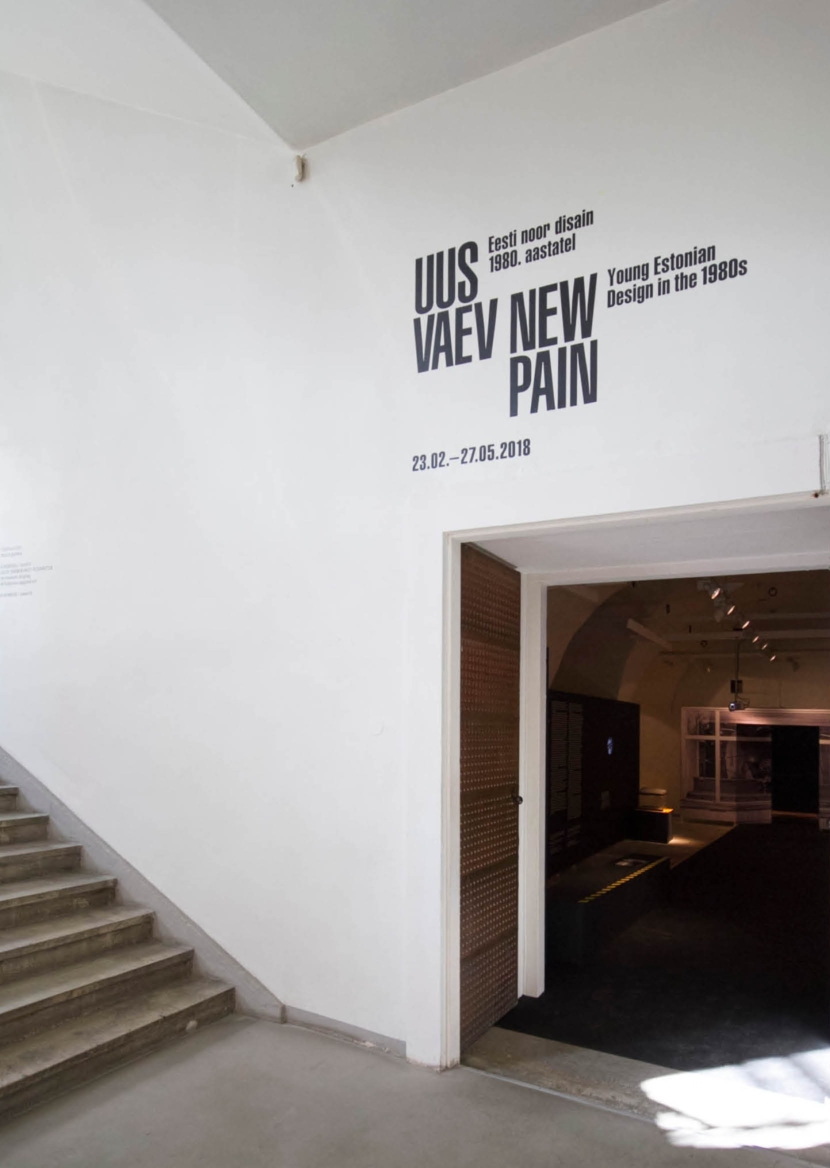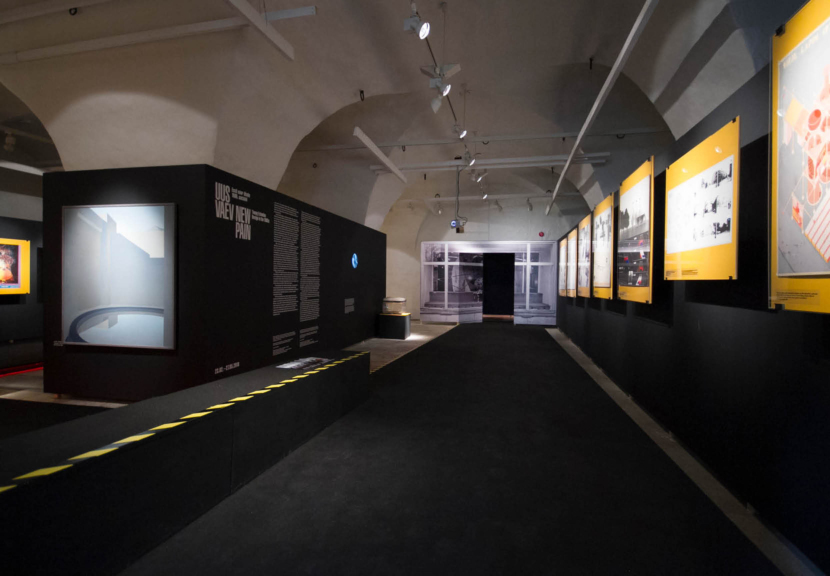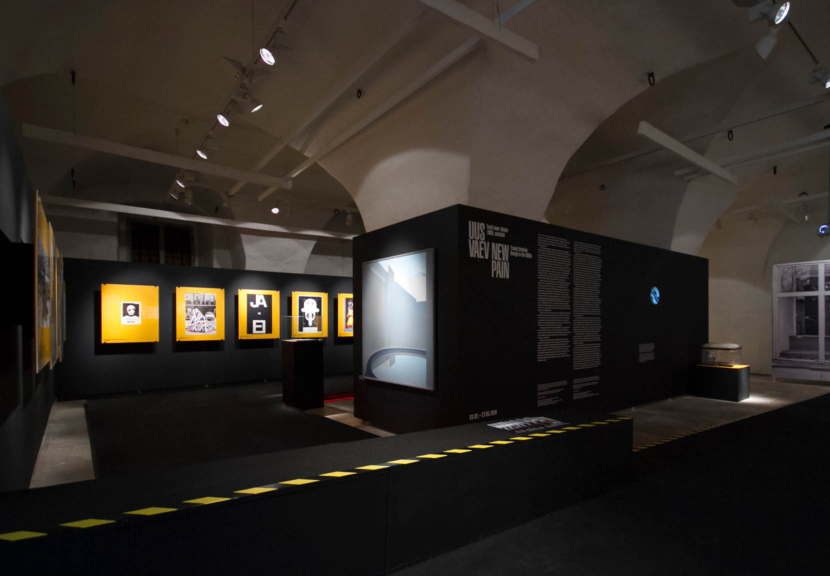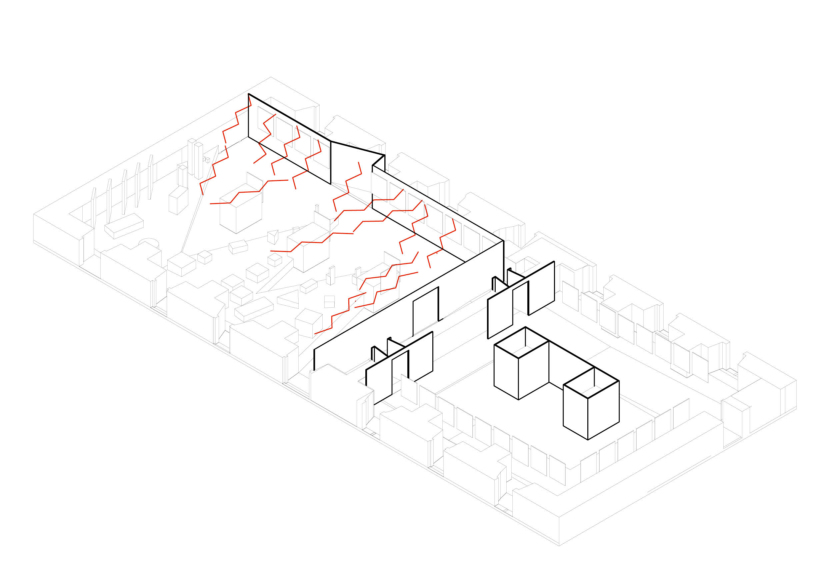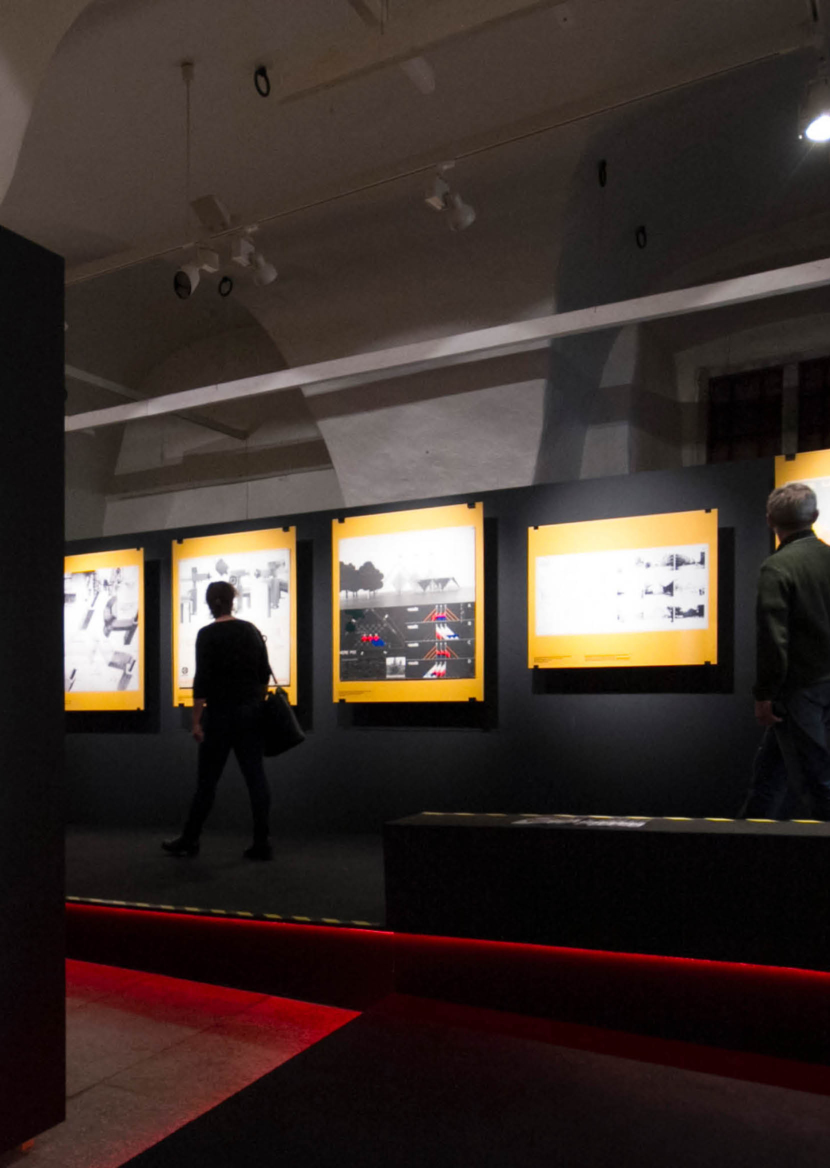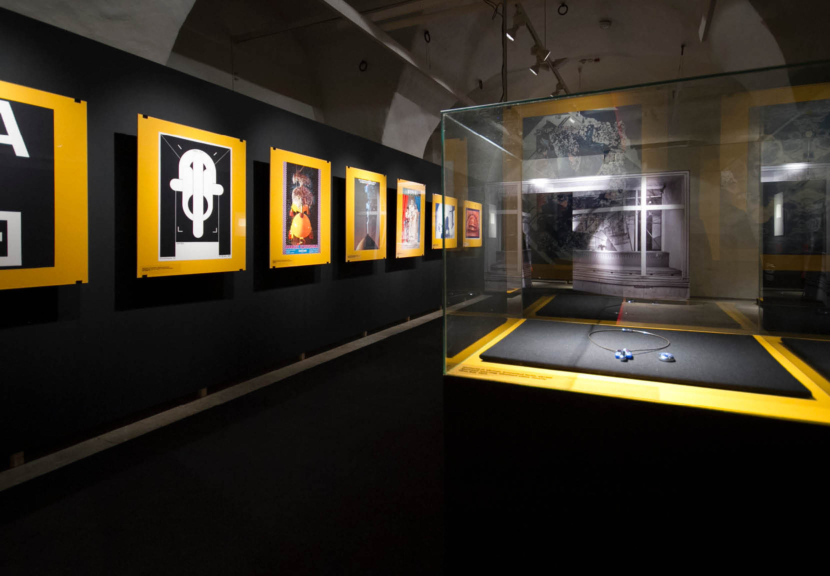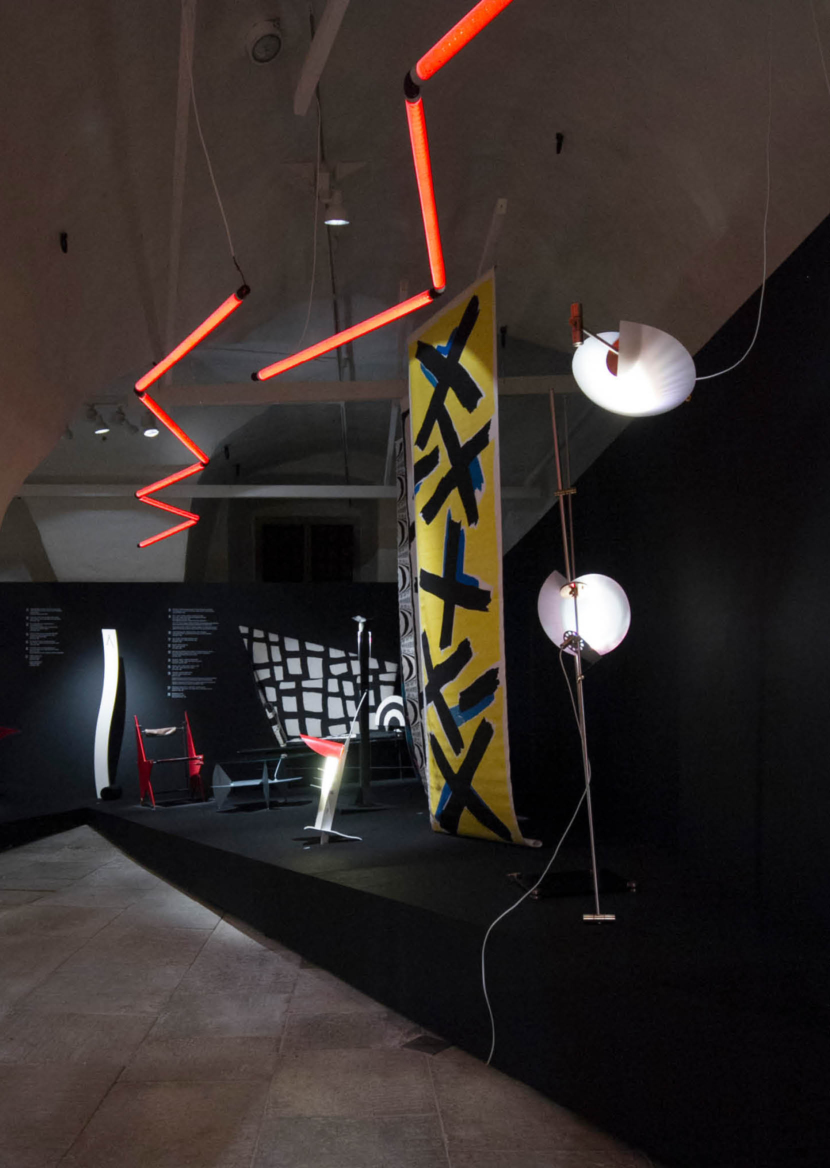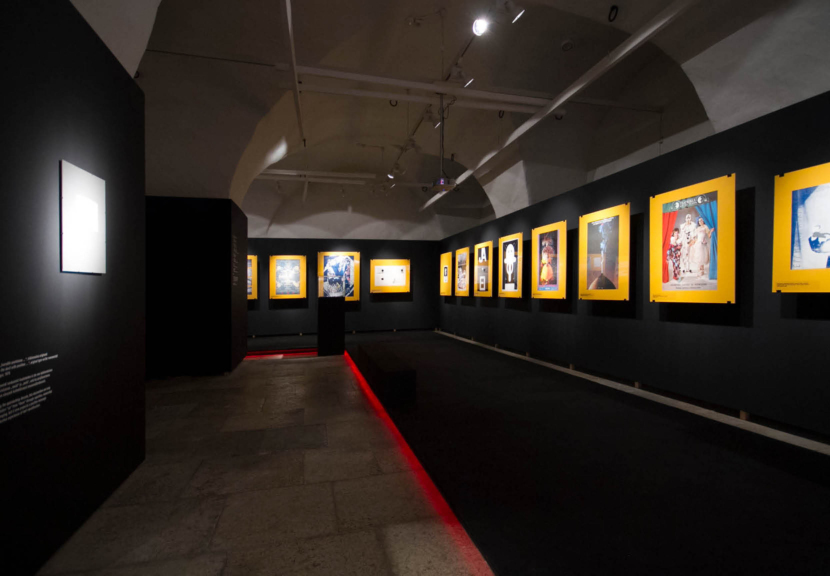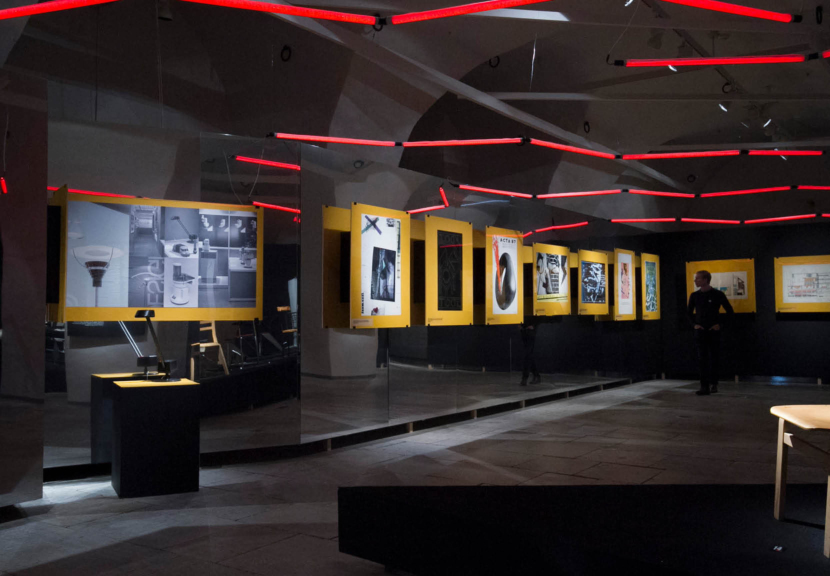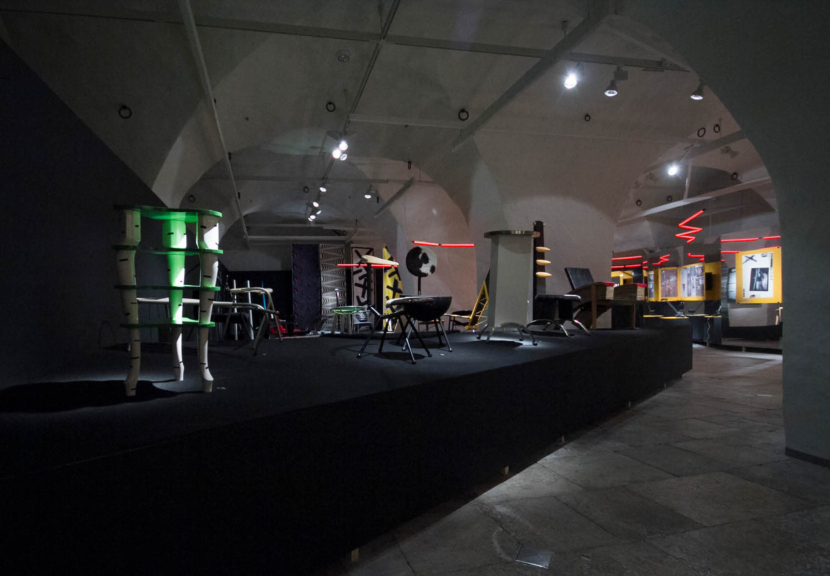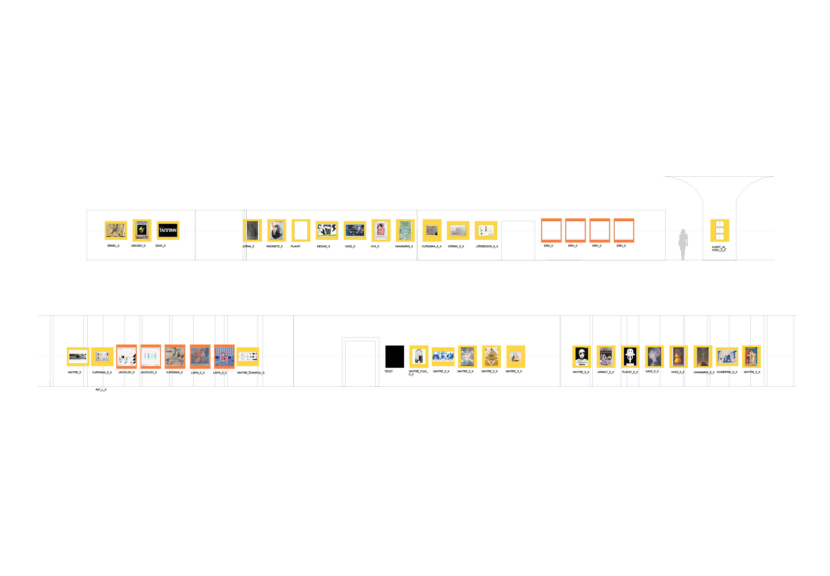Exhibition design “New Pain”
2017/ Completed 2018/ 450m2
Category: Exhibition, Public
Authors: Karin Harkmaa, Ilmar Valdur
Photo: Karin Harkmaa
The exhibition “New Pain” presents one of the most controversial and complex decades of Estonian design, focusing on the younger generation that emerged during this period and showcasing their creative outputs. It is the first comprehensive interpretation of Estonian design from that decade.
The phrase “New Pain” came into use in the early 1980s as a parody of the burgeoning commercial and apolitical New Wave movement in the West. Given the authoritarian era of the time, it also served as a means of obfuscation, posing a challenge to the prevailing authorities.
The Estonian designers who emerged in this deteriorating and ideologically polarized society operated in conditions vastly different from their contemporaries in the West. Condemning the inadequacies and hostility of their surrounding environment, young Estonian designers began to formulate a new—personalized—environment. Inspired by the spirit of collective disobedience, they drew energy and ideas from pop culture and interdisciplinary experimentation. Embracing hybrid forms of activity—including performances, conceptual art, music, and film—they expressed the identity of a new generation through projects, events, and a highly visible series of exhibitions. These brought together ideas from urban and environmental design, interior architecture, and product, furniture, and poster design.
The exhibition design is divided between two halls. In the first, the audience is elevated onto a podium, while in the second, the focus is on objects. The design has been largely inspired by the restless and turbulent mindset that underpinned the works being showcased. Contrasts and neon red lighting have been introduced in an unconventional manner. In the first hall, the works are displayed against an irritating yellow background, and visitors navigate a sloping ramp that seems to hover above the floor under red lighting.
In the second hall, the exhibition objects are raised onto a tilted podium that leans toward the audience, revealing the objects from various angles and heights. To dramatize the space and the objects on display, the opposing wall is covered with a mirrored surface, amplifying the exhibition’s elements and the neon tubes hanging from the ceiling.
The entire exhibition design aims to immerse visitors in the inner world of the younger generation of the 1980s, enabling them to better relate to the emotions and moods of that era.
